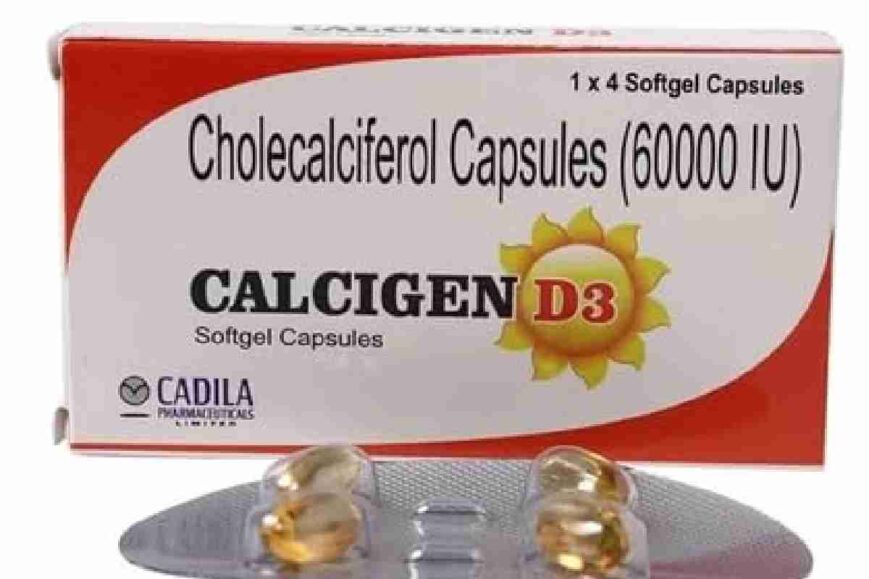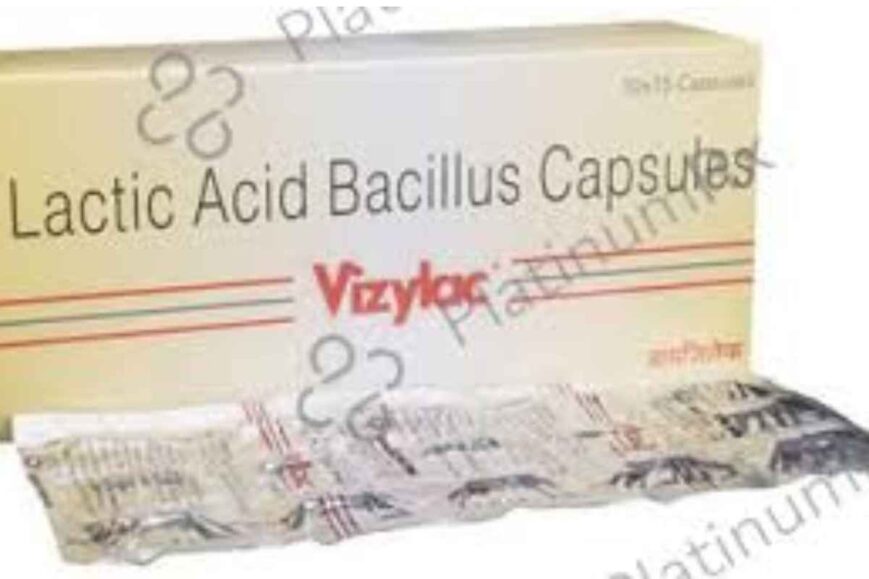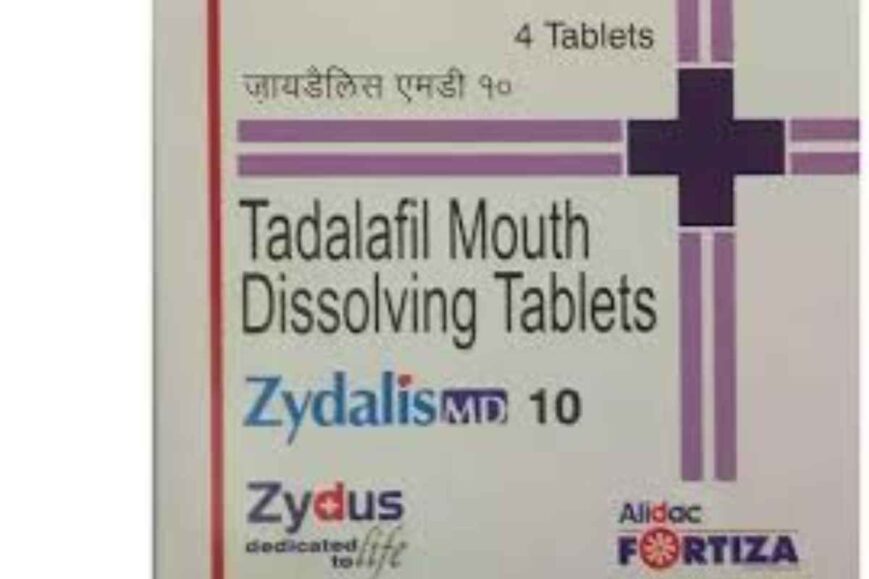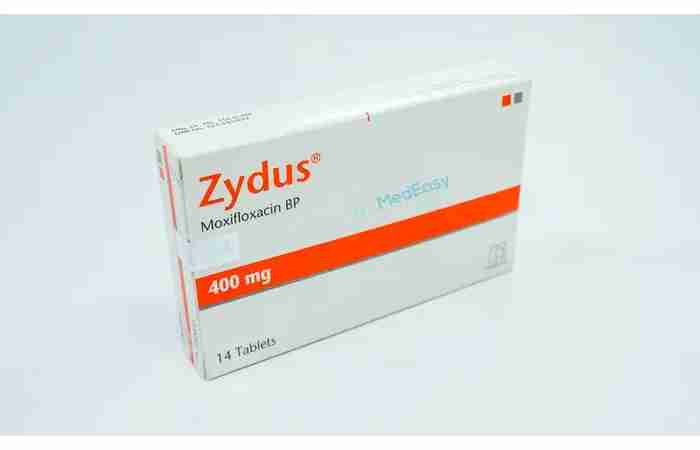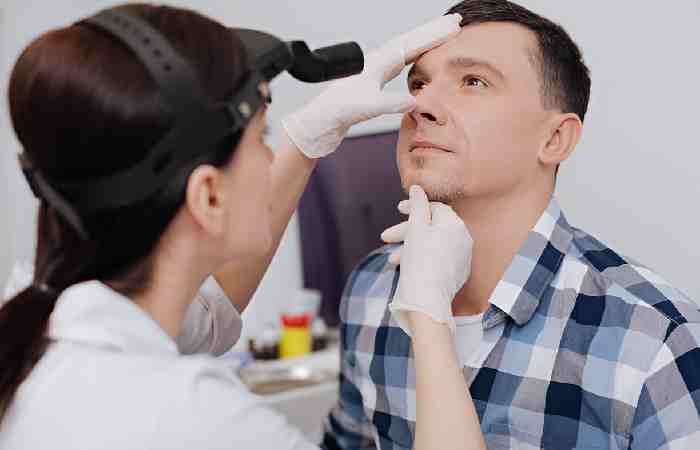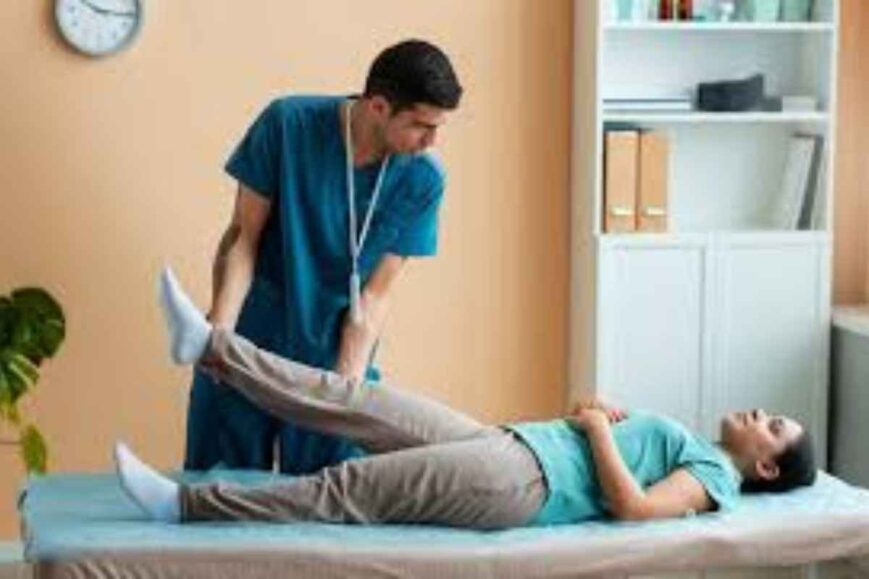Paras Hmri Hospital Reviews – Finding the right hospital is possibly the most critical healthcare choice you can ever make on behalf of yourself and your family. Suppose you have a question about Paras Hospital in Patna; you require reliable and accurate information. This article collects authentic patient reviews and opinions regarding the Paras HMRI Hospital. We aim to provide an objective perspective on its services, including the quality of medical care it offers and the behavior of its staff, so that you can make an informed decision regarding your health needs.
Real Patient Experiences at Paras Hospital Patna
The personal accounts of former patients of Paras Hospital, Patna, are invaluable and cannot be found in a print brochure. The range of feedback described in these accounts is broad, indicating that both positive and negative elements are present. Workers at Paras Hospital, Patna, also expressed diverse views regarding their workplace, citing positive colleagues, career development opportunities, the hospital’s dedication to patient care, and areas for improvement.
Inpatient and Outpatient Stories Shared Online
The patient narratives presented at Paras Hospital, Patna, may be grouped into inpatients (patients who stay longer in the hospital) and outpatients (those who come to the hospital for follow-up or minor procedures). They all provide alternative perspectives on the hospital’s operations.
Attributes frequently considered in inpatient reviews include the quality of continuous care, room facilities, and surgical outcomes. To illustrate, surgical patients or mothers who had undergone childbirth have given positive comments regarding their experience in the facility. These accounts provide insight into what the hospital setting encompasses with respect to recovery.
Conversely, outpatient reviews shed light on the effectiveness of daily operations. Notable facts in online stories are:
- Positive Inpatient Care: One patient who underwent gallbladder surgery and received a gallbladder stone said that the procedure was conducted smoothly and hygienically. Another was very contented with the delivery services.
- Outpatient Challenges: Typically, the complaint is being queued for a token to schedule an appointment with the physician; thus, there may be delays in the consultation process.
Quality of Medical Care and Specialist Expertise
Medical care is the most significant aspect of every hospital. At Paras HMRI Hospital, patients’ concerns center on the level of expertise of the specialists and the efficacy of the treatments.
Are the physicians in good shape? Do treatment results prove to be favorable? That is what every patient might be asking. The hospital’s current quality of high-quality care provided by the team of specialist doctors is evident in the presented feedback.
Patient Satisfaction with Different Departments
However, in a large institution such as Paras HMRI Hospital, patient satisfaction may vary across departments. Nevertheless, reviews indicate a steady level of satisfaction across some key specialties, suggesting consistent and coherent standards of care.
Patients have referred to the doctors in these departments by name, indicating personalized, effective treatment that leaves an indelible impression. Such uniformity is an indicator of institutional effectiveness.
Overall, most HMRI Hospital departments are rated 4.3 out of 5 on websites such as HexaHealth, indicating that most departments meet or exceed patient expectations. The absence of any identified negative feedback regarding an isolated department underscores the overall positive quality and lifelong care.
Facilities, Cleanliness, and Hospital Infrastructure

The healing environment is essential to patient recovery. The physical structure of the hospital, such as the standard of rooms, infrastructure, equipment, and sanitary conditions, has a substantial ethical influence on the patient experience.
The patients require a clean, safe, and modern environment, and feedback indicates that this is an area in which the hospital does not fail. In the subsequent sections, patients’ voices will be heard regarding specific locations and overall hygiene levels.
Ratings of ICU, Private Rooms, and Diagnostic Services
Specialized units such as the ICU, single-patient rooms, and diagnostic services are essential to providing the highest level of medical care, and their quality cannot be ignored. Although individual ratings in all these may not always be available in the public reviews, there are still essential hints in the overall patient satisfaction.
Practical outcomes of complex procedures and surgeries at Paras Hospital indicate that the hospital is well equipped and maintains its critical care and surgical departments. Similarly, successful diagnoses that lead to successful treatment indicate that the diagnostic services, including laboratory and imaging tests, are accurate and reliable.
Based on general patient sentiment, here is an inferred rating of the hospital’s facilities:
| Facility Type
|
Aggregate Patient Satisfaction (Deduced based on Reviews)
|
| Inpatient Rooms
|
Positive, as shown by levels of satisfaction with care whilst in hospital |
| Surgical Facilities
|
High, according to the reports of the smooth surgeries and outstanding results.
|
| Diagnostic Labs
|
Effectiveness, which is derived from accurate diagnoses, leads to effective treatments.
|
| Outpatient Wait Areas
|
Mixed, because of feedback regarding long waits and queues.
|
Cleanliness and Hygiene: What Patients Say
Hygiene and cleanliness cannot be compromised in a hospital environment, and these criteria are directly correlated with patient safety and infection prevention. Regarding Paras Hospital, patient feedback has been generally positive and encouraging.
A review by a surgical patient who was very satisfied with the care and hygiene in place is particularly persuasive. Such isolated yet positive feedback indicates that the staff of the HMRI Hospital is firmly committed to maintaining strict standards of sanitation.
Staff Professionalism and Responsiveness
More than the technology and infrastructure, it is the staff’s professionalism and empathy toward patients that make a difference. The human factor at Paras Hospital is a recurring issue in reviews.
The way doctors, nurses, and support staff treat patients at Paras HMRI can shape the entire patient experience, including hospitalization and discharge.
Experiences with Doctors and Nurses
Interpretation of communication with doctors and nurses can be the most critical touchpoints for the patient. Their knowledge, contactability, and sympathy are what count. Opinions about Paras Hospital are consistently positive regarding interactions with Asian doctors and nurses.
Frequently, patients commend the doctors for their thoroughness. One patient even got their doctor enthusiastic by saying they were, or by explaining everything very well. Such attention to clear communication and patient education demonstrates outstanding responsiveness.
Likewise, the general remarks, the due care, and the good service allude to the presence of a skilled and attentive nursing team. They are essential to everyday comfort and healing, and the response indicates that they are performing commendably at Paras Hospital.
Conclusion
A picture of patient visits to Paras Hospital, Patna, can also be drawn from reviews, which recognize miraculous treatment and areas requiring improvement. Whether the compliments pertain to the presentation of medical skills and cleanliness. Or to recognized issues concerning wait times, these insights provide insight into patient satisfaction at this particular hospital.


